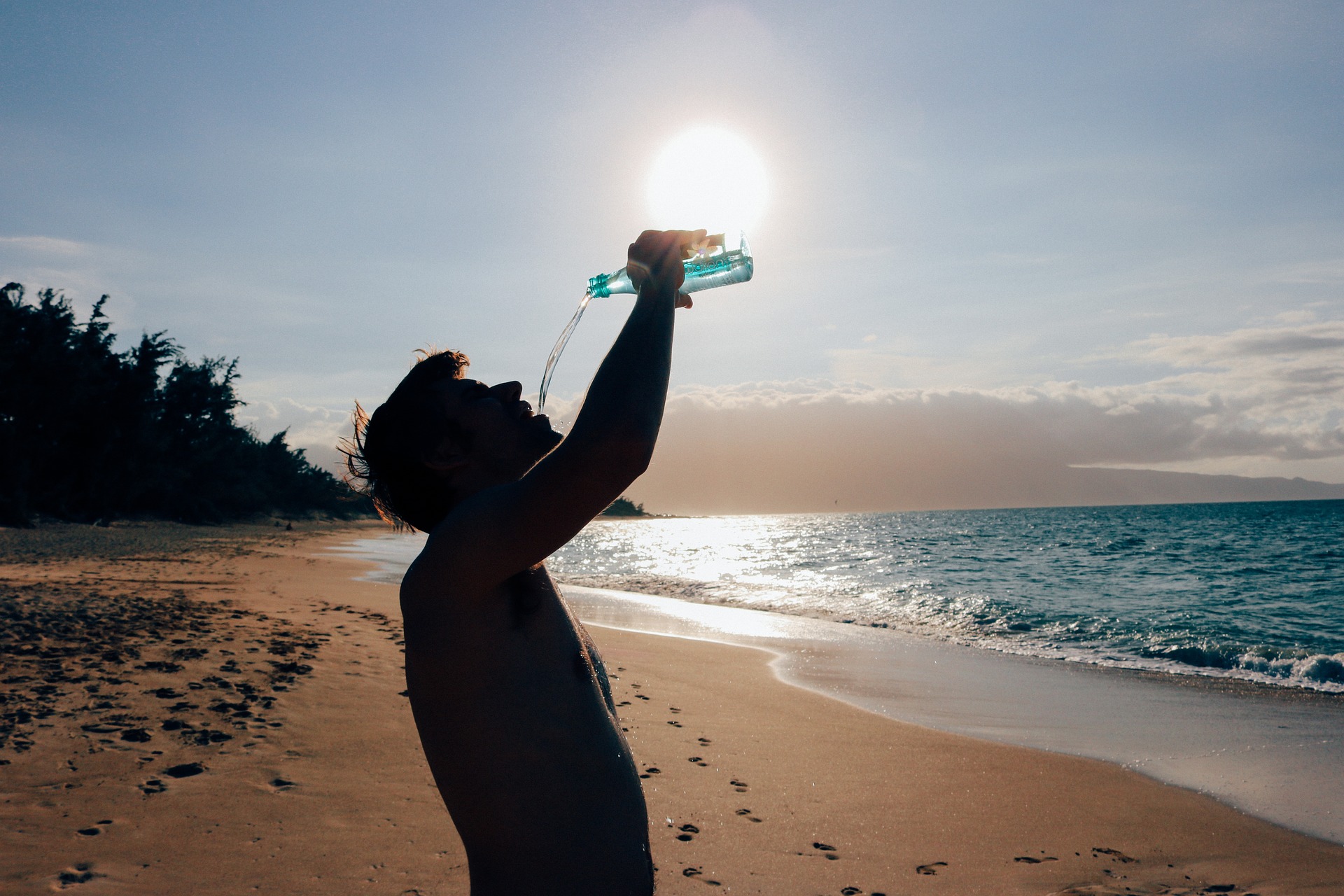
Weekend Special: Key impacts of climate change on drinking water
Climate change presents increasing risks to water sources, such as changing rainfall patterns, rising sea levels, increased water temperatures, extreme droughts, floods, wildfires and violent storms. These impacts threaten to undermine the investments made in the provision of safe drinking water since 1990 and the progress made towards the achievement of United Nations’ Sustainable Development Goals- 6

Droughts mean less, more contaminated water, is available. Drought can lead to an increased concentration of pollutants in drinking water. Reduced water availability creates enormous stress on communities, especially the most vulnerable. Less water means children and women often must walk further distances to collect water, reducing time for schooling and other productive activities. A lack of access to adequate water can lead to migration and conflict; it is estimated that water deficits are linked to 10% of the rise in global migration.
Floods damage infrastructure and can lead to water contamination. Floods can destroy or damage infrastructure, such as water distribution points and toilets. When latrines and toilets are flooded, they can contaminate water sources, making drinking water potentially deadly. Floods and increased precipitation can also increase sediment and pathogens in surface water, overwhelming treatment capabilities.
Increased ice melt is causing water sources to become unsustainable for many millions. According to the Intergovernmental Panel on Climate Change (IPCC), ice and snow cover are decreasing significantly in most regions. Melting snow, glaciers and sea ice poses a huge threat to water sources. As the ice melts faster than it is created, it not only contributes to rising sea levels but also depletes stored freshwater sources that currently serve millions of people. This depletion results not only in less water available but also in declines in water quality.

Sea-level rise leads to freshwater salinisation in coastal areas. Rising sea levels can lead to saltwater infiltrating freshwater sources, rendering the water undrinkable. Rising sea levels are already having a major impact, particularly in low-lying coastal areas and Small Island Developing States. These regions depend on groundwater sources that are highly vulnerable to the impacts of salinisation.
Infrastructure and service disruptions cause huge economic costs. The impacts of climate change on water services result in massive eco- nomic costs every year for many countries. Extreme weather events often disrupt water and sanitation services to the point that they can often no longer function safely, with repairs and the restoration of services costing billions of dollars annually.
Source: State of the world’s drinking water: an urgent call to action to accelerate progress on ensuring safe drinking water for all (WHO, UNICEF, World Bank – 2022)
– global bihari bureau





